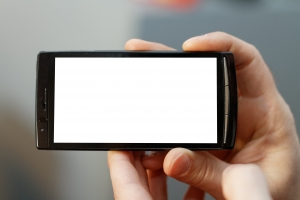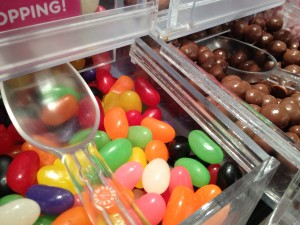Phone apps help low carbers to find decent restaurants and fast food joints that offer healthy and inexpensive food options. Apps allow users to check suggested meals and nutrition data, search for restaurants, and read user comments.
Features and Extras
 Dining apps come complete with features and extras such as nutrition guides, list of low carb foods, and browsing capabilities. Users can choose from hundreds of casual dining and fast food restaurants. They can browse by different features such as location, name of restaurant, meal type, carb range, and more. There is an option to read articles in low carb blogs as well. Some apps also list drinks and beverages, including wines, sodas, and beers. Carb counter apps and weight loss trackers are also available for different types of mobile devices. Some apps allow users to find nutritional information on restaurant meals and groceries and offer healthy recipes. They can create a low carb plan or stick to the recommended plan. The app offers recipes, food suggestions, and more. There are additional features that allow dieters to keep track of their progress and count the net carbs consumed with each meal. Information about different foods is also offered, and you can set a daily target. The best part is that some apps can be downloaded for free while others cost a few dollars. They are available for Android, iPad, and iPhone.
Dining apps come complete with features and extras such as nutrition guides, list of low carb foods, and browsing capabilities. Users can choose from hundreds of casual dining and fast food restaurants. They can browse by different features such as location, name of restaurant, meal type, carb range, and more. There is an option to read articles in low carb blogs as well. Some apps also list drinks and beverages, including wines, sodas, and beers. Carb counter apps and weight loss trackers are also available for different types of mobile devices. Some apps allow users to find nutritional information on restaurant meals and groceries and offer healthy recipes. They can create a low carb plan or stick to the recommended plan. The app offers recipes, food suggestions, and more. There are additional features that allow dieters to keep track of their progress and count the net carbs consumed with each meal. Information about different foods is also offered, and you can set a daily target. The best part is that some apps can be downloaded for free while others cost a few dollars. They are available for Android, iPad, and iPhone.
Dieters benefit from added features such as:
• Unlimited reminders
• Food database
• Supermarket, common foods, and restaurant suggestions
• Shopping lists
• Graphs showing daily progress
• Carb and sugar content for hundreds of items
• Water tracking
• Information on sodium, sugar, protein, saturated fat, fat, calories, and net carbs in foods consumed
• Choice of food brands
• Set net carbs budget
• Set water budget
• Restaurants listed alphabetically
• Nutrition reports
Low carb dining apps are great for the Zone, Sugar Busters, South Beach, Atkins, and Paleolithic Diet. This is a great tool for persons with a busy work schedule and social life. One app offers an overview of menus at different restaurants so that dieters make healthy choices. Customers can read feedback and suggestions by other dieters and leave their comments to help others. On the downside, the app lists only restaurants but not bakeries.
Other Apps
There are other apps for mobile devices which allow dieters to count carbs and lose weight based on their target and current weight, height, sex, and other factors. Some apps allow users to search for sugar-free, high-fiber, and protein-rich foods and recipes. Users can choose from different gluten-free and dairy-free recipes as well. Each recipe comes with nutrition facts such as total protein, carb, sodium, saturated fat, and fat content. Other apps allow dieters to choose a recipe by main ingredient and course. The app also displays recipes for low-sodium, gluten-free, and other types of diets.
Related Articles:
http://www.lowcarbfoods.org/low+carb+foods+and+recipies/
http://www.atkins.com/Free-Tools/Mobile-App.aspx
https://itunes.apple.com/us/app/low-carb-diet-assistant/id330698488
